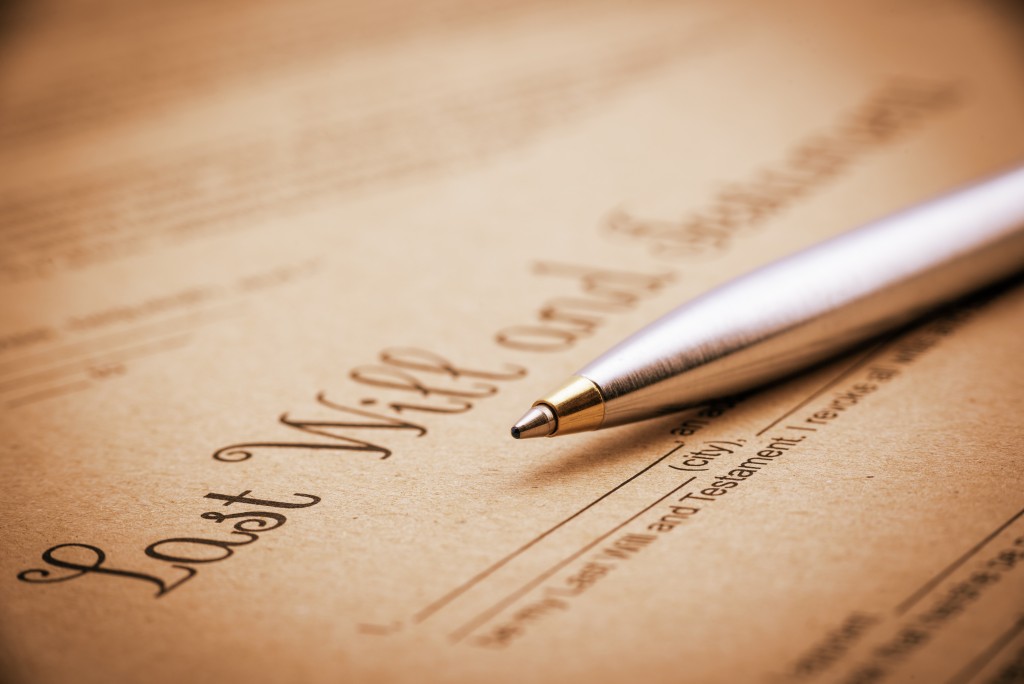Heirlooms come in all shapes and sizes. Some sons inherit precious timepieces crafted by Swiss watchmakers of old. Some girls furnish their homes with antique furniture that their grandmothers and their mothers before them have saved and preserved. Military personnel prize their parents’ decorations and cooks still use family recipes passed down through generations.
Some of these heirlooms cannot be sold; they are too precious, too personal to be priced. More importantly, the current owners of these little relics do not need the money. That’s not the case with every heirloom owners, though. In the eyes of the owners, some forms of tangible inheritance can be given away, especially if there’s a need to liquidate the value. Even royal jewels had to be sold.
If you’re thinking of selling some of your heirlooms for your financial needs, do so carefully because the market is filled with people who want to get your treasure for a sum not worth its value.
What Should I Sell?
Selling heirlooms is one difficult decision after another. Once you’ve decided to part with some of your treasure, you face the difficult choice of which goes and which stays.
First things first: set aside the items that are personal to you. The ones with a deep personal connection or a significant story should stay in your chest. Your grandfather’s gun engraved by laser machines deserves a permanent spot in your possessions, so does the sapphire engagement ring of your grandmother. There’s a reason engagement rings are one of the most prized items in the Windsor family collection.
Once all the deeply sentimental items are chosen, and you still have a lot of treasure to choose from, save the ones that will give you use.
Will You Use It?
Take an emerald-cut diamond ring, for instance. It’s still fashionable today, and it will go well with any outfit. In contrast, a marquise-cut diamond ring is out of style. Between the two, the marquise-cut diamond ring is the better choice for selling.
You can argue that some of these outdated jewels can be broken apart and re-set, but the cost is often hefty. You might even be better off buying a new piece.
The same goes for furniture and décor. If you are proud to display it in front of your guests, then keep it. But if it’s no longer functional or stylish, and it’s just wasting away in the attic, then best let go of it.
Will It Give You Ease of Use?

Choose items that, apart from functional, are easy to use. Can you comfortably wear that pair of citrine earrings through an event, or do they pinch your earlobes red? Does the Baroque chair give the user comfort, or is it the seat that’s chosen last? Are you constantly worried over the blue porcelain vases being knocked over by the curious toddlers?
It might sound harsh, but some forms of inheritance are just a nuisance to the recipient. They are grateful, but the item becomes a white elephant that’s expensive, costly, or inconvenient to maintain. From a practical point of view, they are better off with an owner who has the time and resources to preserve and enjoy the item. This doesn’t just apply to jewels and furniture—some people sell properties, like mansions and high-profile vehicles, knowing that someone else would need them more.
Sell Your Heirlooms
Now you have many items to sell; all you need is a platform to sell them. The good news is that you have many places to sell your heirlooms, like Amazon, eBay, and Craigslist. Jewelry is best sold on eBay.
However, if you have valuable jewelry pieces (especially diamonds), it’s best to go to a qualified appraiser. You’ll pay an appraisal fee, but you have the confidence that you get the best amount for your jewelry; you won’t be shortchanged. If you’re willing to wait for the right seller, you can place your heirlooms on consignment at an agreed-upon price. The seller keeps a percentage profit.
If you know that your pieces are of exceptional value (or if a qualified appraiser says so), go to a reputable dealer or auction house. Take, for example, the Elizabeth Taylor collection sold at Christie’s. The impressive collection contained 80 items, which fetched $116m. All proceeds went to The Elizabeth Taylor Aids Foundation.
Before selling or posting, make a detailed documentation of the items you’re selling. Take photos, including special markings. Document the appearance, condition, and unique traits. This will help make future transactions more streamlined.
Parting with heirlooms that have been saved by your parents and their parents before them can be stressful, but there comes a time when you no longer have any need for it. It’s better off as hard cash on your end, and it’s better off with someone who will use them.

